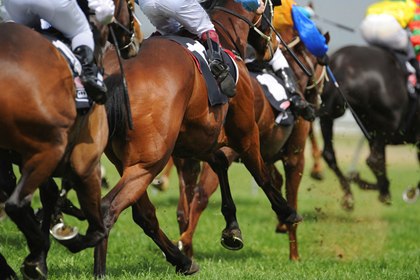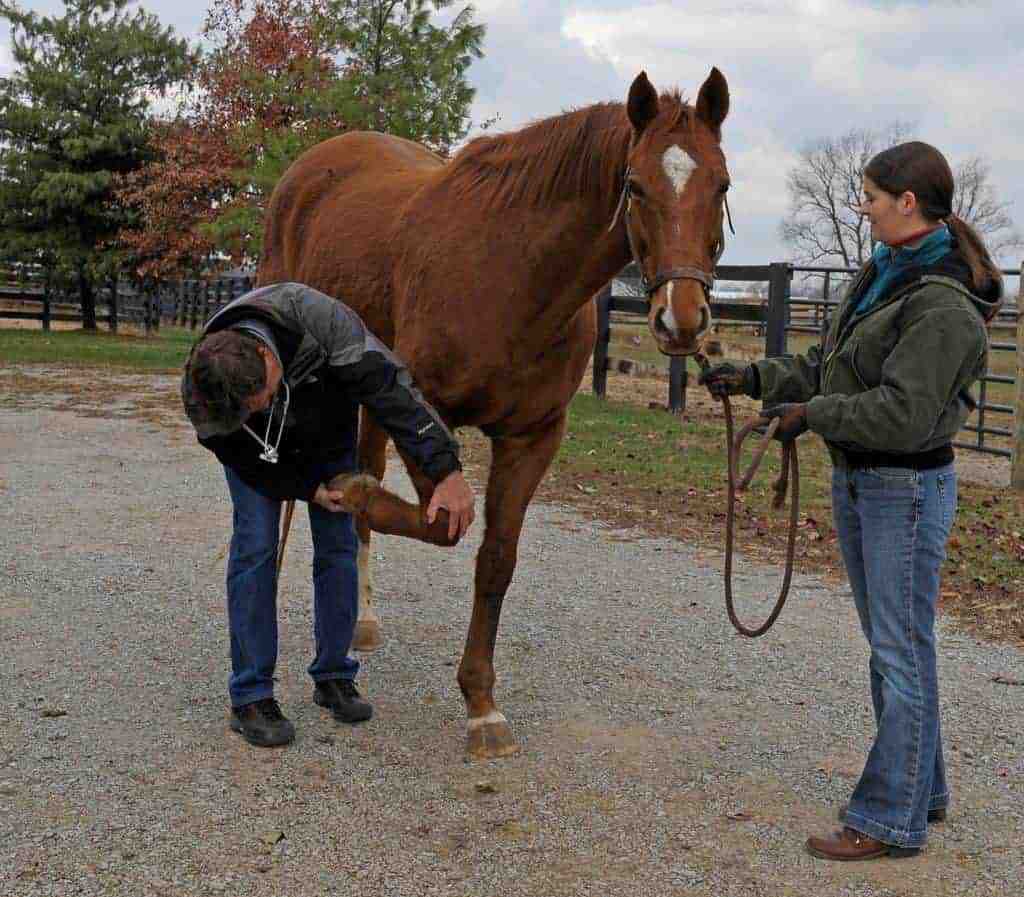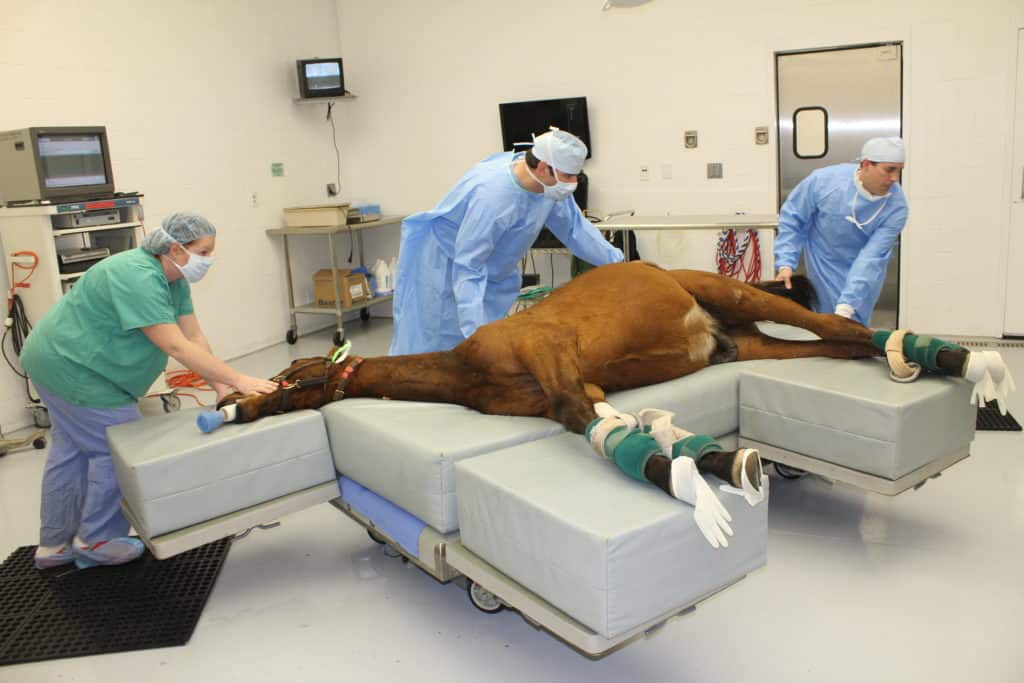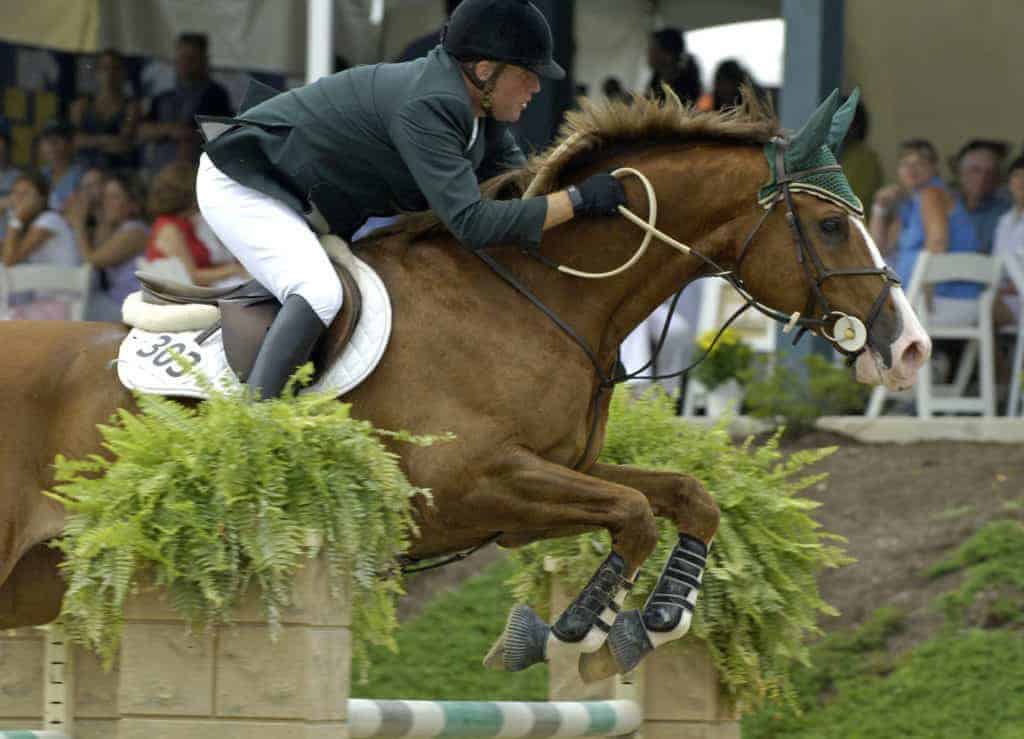
Scientists Discover How ‘Speed Gene’ in Thoroughbred Racehorses Works
Researchers have discovered the inner workings of a known “speed gene” in Thoroughbred racehorses, which directly affects skeletal muscle growth and, in turn, race distance aptitude.






























